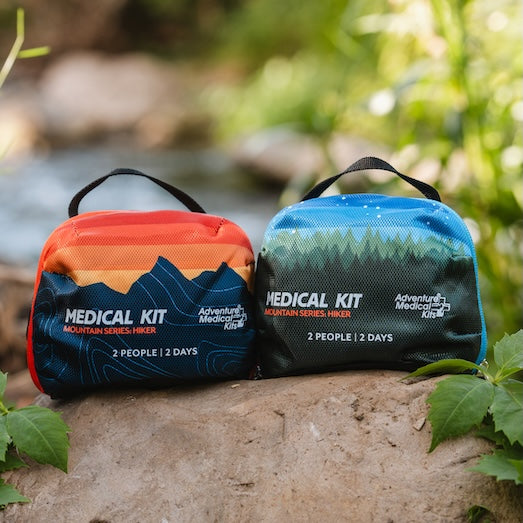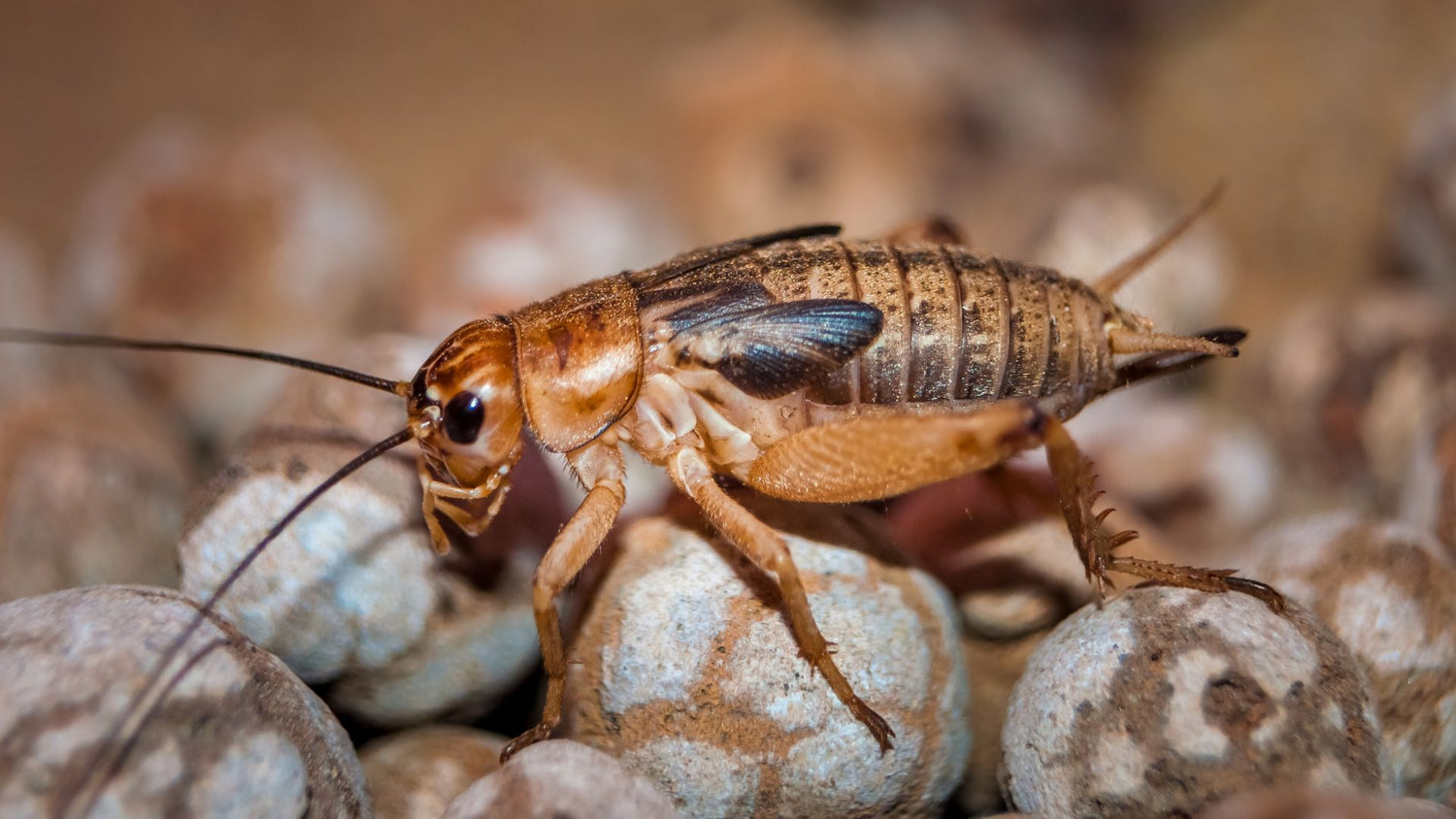In October 2008, a solo climber on Washington’s 12,276-foot Mount Adams fell on Suksdorf Ridge, and broke his ankle. It’s just what every climber fears: being alone on a high mountain with a disastrous injury. Unable to walk, he dragged himself down the snowfields. After five days and nights, he was found at 6,200 feet suffering from frostbite and dehydration. He survived on creek water and an eclectic mix of creepy crawlers: ants, centipedes, spiders, mushrooms, and berries.
Eating & Drinking in the Wild
Sooner or later, if you spend time outdoors, you may find yourself without food or water on a wilderness outing; hopefully it’s just a short distance to your car and you are uninjured. But in survival mode, if you are lost and injured, you may need to eat and drink from the wilds.
Water: Know Your Priorities
You can live several weeks without food. But you won’t last much past five to seven days without water, even fewer if you are in the desert or at high altitude. Finding water is a paramount priority.
It takes just one day for you to begin to become incapacitated from dehydration.
Drinking from creeks, like the Mount Adams climber, is probably a risk worth taking in prolonged survival situations. Yes, you can get protozoa infections like Giardia and Cryptosporidium, as well as bacteria and viruses. However, it takes just one day for you to begin to become incapacitated from dehydration.
When you find a water source, ideally you should have a means to purify water before drinking. That means boiling, filtering, or chemical treatment. I carry water purification tablets for emergencies: they are compact, light, and easy to use.
Remember, when in the mountains, eating snow can cause hypothermia, because you need to use vital calories to melt it in your mouth first. So you should carry a lightweight backpacking stove to melt water. When in the desert, locating water can be extremely difficult, so if you find a source, consider staying put until you are rescued. If you do get a gastrointestinal infection from drinking backcountry water, see your doctor A.S.A.P. upon getting out of the backcountry.
Food: Insects, Berries, & More
As for food, if you can’t identify it, don’t eat it. You can get seriously ill from toxins and infections. My friend Greg Davenport, a survival expert, said critters with eight or more legs like centipedes and millipedes are often toxic. He recommends sticking to insects, which have some nutrition, but not much. A typical 100 gm (3.5 ounce) serving of fish, for example, yields 22 g protein, 1 g fat and 0 g carbos. The same weight of crickets yields 13 g protein, 6 g fat, and 5 g carbos. But that’s a big pile of crickets to scrounge for.

Wild plants—leaves, roots, bark, nuts, seeds, and berries – can be energizing or deadly. Use caution: even a small bite can cause stomach pain, nausea, vomiting, diarrhea, and rashes. Mushrooms can kill you. Davenport said aggregate berries, like thimbleberries, raspberries, and blackberries, are generally safe to eat. Purple, blue and black berries, such as wild huckleberries and cranberries, are 90% edible. Red berries are about 50% edible, so it’s probably best to avoid those, as well as any berry that’s white, green or yellow, which are not edible.

Remember: always take enough water and food (an extra bottle of water and a few extra energy bars) to spend at least one unexpected night in the wilderness. And stash some water purification tablets in your survival kit.














